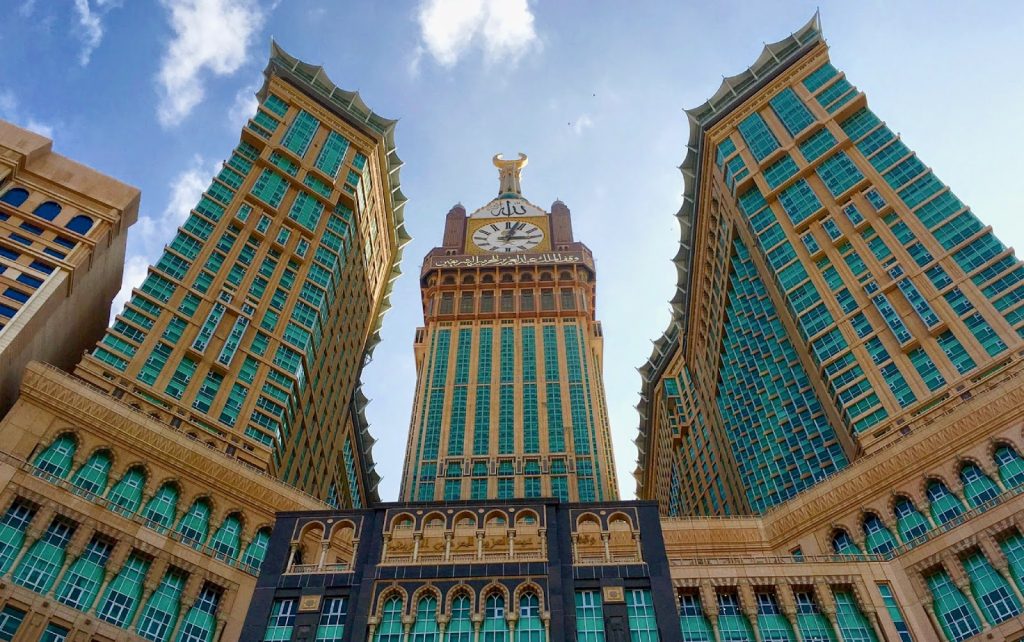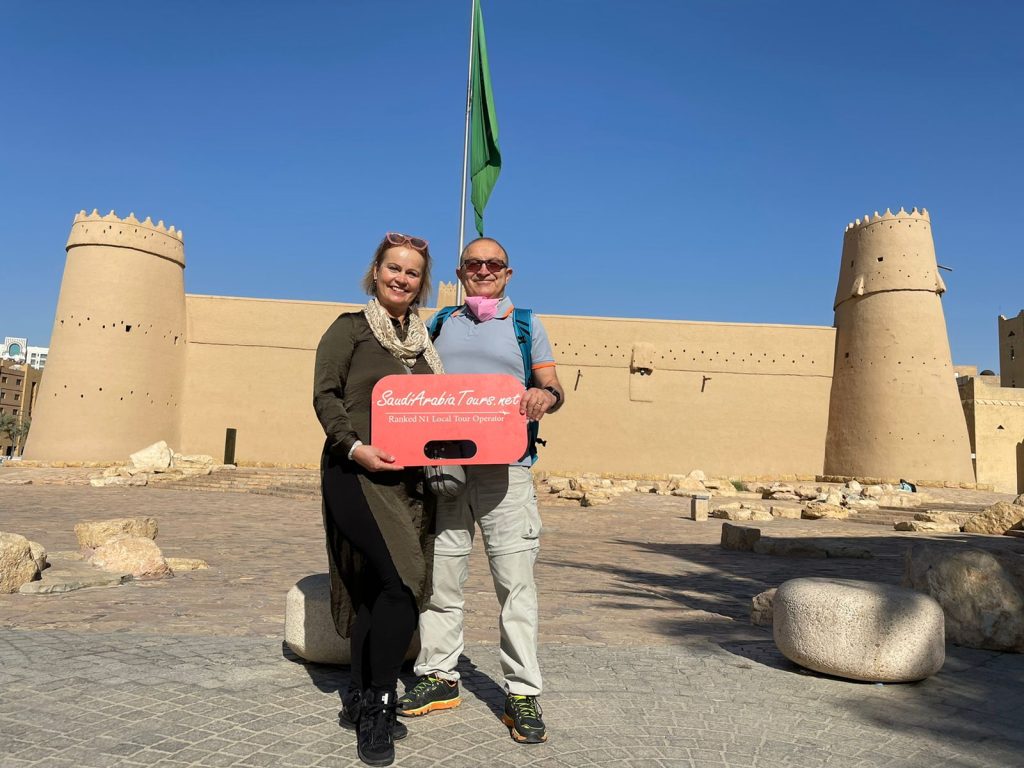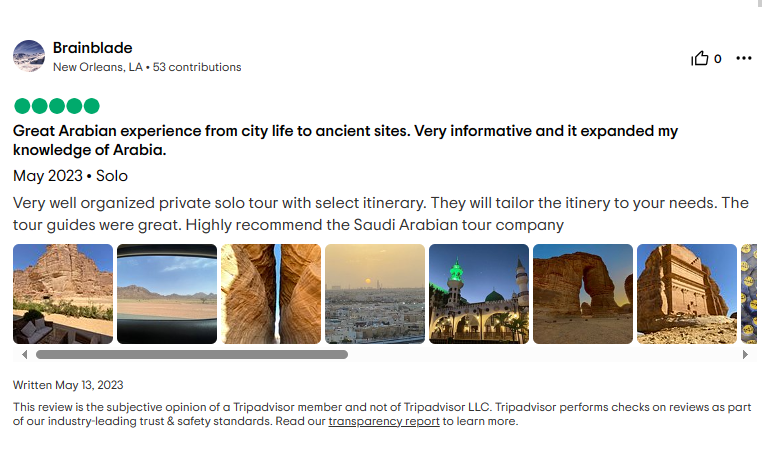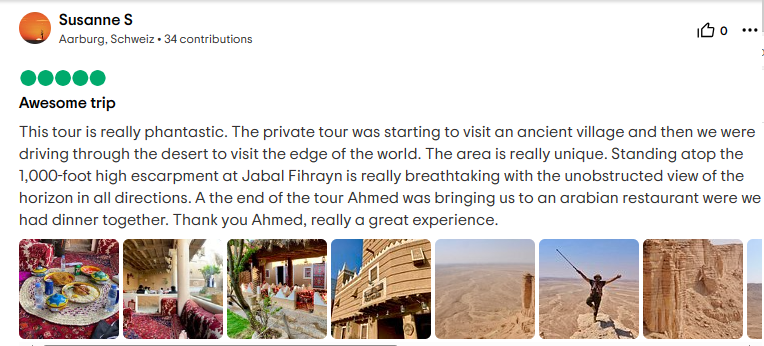
The Arabian Peninsula, with its vast deserts and ancient civilizations, witnessed a profound transformation during the 7th century with the advent of Islam. The rise of Islam not only altered the socio-political landscape of the region but also laid the foundation for the rich cultural tapestry that defines Saudi Arabia today. This blog will delve into the historical journey of Islam’s rise, exploring its impact on the Arabian Peninsula and the subsequent shaping of Saudi Arabia’s identity.
Pre-Islamic Arabia:
Before the arrival of Islam, the Arabian Peninsula was characterized by a mosaic of tribal societies engaged in trade, warfare, and religious practices that varied across the region. Mecca, a bustling commercial hub, held significant importance as a center for trade and religious pilgrimage, primarily due to the presence of the Kaaba, a revered sanctuary housing multiple idols.
The Life of Prophet Muhammad:
The transformative journey of Islam began in the 7th century with the life of Prophet Muhammad. Born in Mecca around 570 CE, Muhammad received revelations from Allah (God) through the angel Gabriel, which were later compiled into the Quran, the holy book of Islam. His teachings emphasized monotheism, social justice, and ethical conduct.
The Hijra and the Establishment of Medina:
Facing persecution in Mecca for his monotheistic message, Prophet Muhammad and his followers undertook the Hijra (migration) in 622 CE to the city of Yathrib, later named Medina. This event marked the beginning of the Islamic calendar and laid the groundwork for the establishment of the first Islamic state. The Constitution of Medina, a groundbreaking document, promoted unity among the diverse tribes in the region.
Conquests and the Spread of Islam:
Following years of struggle and military campaigns, Islam expanded its influence beyond the Arabian Peninsula. The Rashidun Caliphs, including Abu Bakr, Umar, Uthman, and Ali, played pivotal roles in leading the Muslim community and overseeing territorial conquests. The spread of Islam reached regions as far as Spain in the west and India in the east, creating a vast Islamic civilization.
The Umayyad and Abbasid Caliphates:
The Umayyad Caliphate (661–750 CE) succeeded the Rashidun Caliphate, establishing its capital in Damascus. This period witnessed the expansion of Islamic rule, fostering cultural and scientific advancements. The Abbasid Caliphate (750–1258 CE), with its capital in Baghdad, further contributed to the flourishing of Islamic civilization, with notable achievements in fields such as astronomy, medicine, and philosophy.
The Islamic Golden Age and Its Legacy:
The Islamic Golden Age, spanning from the 8th to the 14th century, marked a period of intellectual and cultural flourishing. Scholars like Ibn Sina, Al-Razi, and Al-Kindi made significant contributions to various disciplines, laying the groundwork for the Renaissance in Europe.
The Influence on Saudi Arabia:
As Islam spread throughout the Arabian Peninsula, it significantly influenced the cultural, social, and political fabric of the region. Saudi Arabia, with its two holiest cities, Mecca and Medina, became the heartland of Islam. The annual pilgrimage, or Hajj, to Mecca became a unifying factor for Muslims worldwide, fostering a sense of shared identity.
Modern Saudi Arabia:
In the 20th century, Saudi Arabia witnessed a series of socio-political transformations, culminating in the establishment of the modern Saudi state. The country continues to draw upon its Islamic heritage, incorporating it into its legal and governance systems while also embracing technological and economic advancements.
More information about the Rise of Islam
Expansion of Islam in the Arabian Peninsula:
The expansion of Islam within the Arabian Peninsula was marked by a series of military campaigns and diplomatic efforts. After the conquest of Mecca in 630 CE, Prophet Muhammad successfully unified the various tribes under the banner of Islam. His leadership laid the groundwork for a cohesive and organized society governed by Islamic principles.
Islamic Law and Governance:
The establishment of the Islamic state in Medina showcased the implementation of Islamic law, known as Sharia, and the development of a just and ethical society. The Quran and the Hadith (sayings and actions of Prophet Muhammad) served as the primary sources of legislation. This form of governance laid the foundation for the principles of justice, equality, and accountability that continue to influence Saudi Arabian legal systems today.
The Caliphates and Cultural Flourishing:
Under the Umayyad and Abbasid Caliphates, the Islamic world experienced a period of immense cultural and scientific advancement. The House of Wisdom in Baghdad became a center for translation and scholarly activities, contributing to the preservation and dissemination of knowledge from various civilizations, including Greek, Roman, Persian, and Indian. This intellectual exchange played a crucial role in shaping the Islamic Golden Age.
Islamic Art and Architecture:
The influence of Islam on art and architecture is evident in the intricate geometric patterns, calligraphy, and iconic domes and minarets that characterize Islamic structures. This artistic legacy is particularly pronounced in Saudi Arabia, where the Grand Mosque in Mecca and the Prophet’s Mosque in Medina stand as architectural masterpieces, attracting millions of pilgrims and visitors annually.
Hajj and Cultural Exchange:
The annual Hajj pilgrimage to Mecca is one of the Five Pillars of Islam and is a central component of Islamic identity. Pilgrims from diverse backgrounds converge on Mecca, fostering cultural exchange and unity among Muslims worldwide. This sacred journey plays a vital role in reinforcing the shared values and common heritage of the Islamic community.
Modernization and Vision 2030:
In the 20th century, Saudi Arabia underwent significant changes with the discovery of oil, leading to economic growth and urbanization. In recent years, the Vision 2030 initiative, spearheaded by Crown Prince Mohammed bin Salman, aims to diversify the economy and modernize various sectors while preserving the country’s Islamic identity. The initiative emphasizes technological innovation, social development, and a more open and inclusive society.
Challenges and Opportunities:
Saudi Arabia faces the challenge of balancing its rich Islamic heritage with the demands of a rapidly changing world. Navigating issues such as women’s rights, religious tolerance, and global interconnectedness poses both challenges and opportunities. The country’s commitment to embracing modernity while respecting its Islamic roots reflects a nuanced approach to societal evolution.
The rise of Islam and its subsequent influence on Saudi Arabia have shaped a unique cultural and historical narrative. From the early days of Prophet Muhammad’s teachings to the expansive Islamic civilization and the modernization efforts of today, the journey has been one of adaptation, preservation, and progress. Saudi Arabia continues to draw strength from its Islamic heritage as it charts a course into the future, embodying the dynamic interplay between tradition and modernity in the heartland of Islam.
Visit Saudi Arabia Destinations Now
Here are some of our Saudi Arabia private tours, offering you the opportunity to embark on a captivating journey through the Kingdom of Saudi Arabia. Immerse yourself in the rich history of Saudi Arabia as you explore ancient wonders in cities like Riyadh, Jeddah, and Mecca. Discover the archaeological marvels of Al-Ula, with its UNESCO-listed Madain Saleh, and stroll through the traditional streets of Al-Ula Old Town. Experience the highland haven of Abha, nestled in the Asir Province, where you can explore Asir National Park and the historic village of Habala. Take in the breathtaking views at Al-Soudah Park and witness the natural beauty that defines the diverse landscapes of this enchanting kingdom. Whether you’re drawn to the historical charm of Riyadh or the mountainous landscapes of Abha, our Saudi Arabia private tours promise “A Trip to Remember.”

4 Days Riyadh Heritage Tour Package


Saudi Arabia Explorer Riyadh, AlUla and Jeddah – 8 Days

Majestic Tour of Saudi Arabia – 10 Days

How Good are Saudi Arabia Tours?
Saudi Arabia Tours prides itself on being the best travel agency in Saudi Arabia as proven by our numerous positive reviews.



Frequently Asked Questions?
Is Saudi Arabia safe for tourists?
Tourists have been visiting Saudi Arabia and Saudi Arabians have a well-earned reputation for warmth and kindness toward visitors. Saudi Arabia cities are generally very safe, especially in areas where tourists frequent.
How to get a Saudi tourist visa?
Applying for a tourist visa to Saudi Arabia is easy. If you are from one of the 49 eligible countries, you can apply through the eVisa website. Holders of US, UK, or Schengen visas can apply for the visa upon arrival. Saudi Arabia is opening its doors to the world through its new tourist visa. Visitors will have the chance to discover and experience the warm hospitality of the Saudi people, the rich heritage, the vibrant culture, and Saudi Arabia’s diverse and breathtaking landscapes. The visa will be a one-year, multiple-entry visa, allowing tourists to spend up to 90 days in the country.
Are non-Muslims allowed in Saudi?
Non-Muslims can travel to all cities in Saudi Arabia except Medinah and Mekkah, Not allowed to non-Muslims to enter Mecca and Medinah.
Can I wear jeans in Saudi Arabia?
Both men and women are asked to dress modestly in public, avoiding tight-fitting clothing. Women should cover their shoulders and knees in public.
Contact us for more information on:
saudiarabiatours.net@gmail.com
Address: Head Office Olaya St, Riyadh 12213, Saudi Arabia.
If you are booking and taking the tour within 24 hours, or have an urgent request, call us on
Cell/whatsapp : +966558018938 For more info please visit Saudi Arabia Tours

